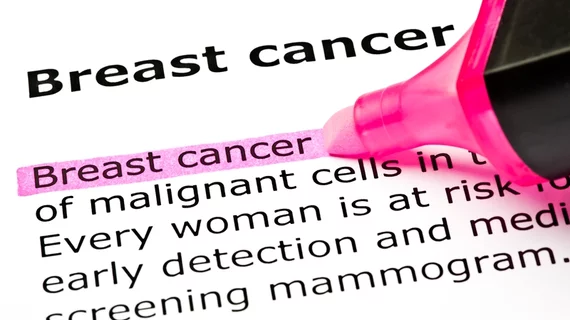Revamped guidelines on screening for breast cancer promote shared decision-making between women and their doctors. The new instructions were released by the Canadian Task force on Preventative Health Care and published in the Canadian Medical Association Journal.
Taken from the most recent evidence, including 29 studies analyzing women’s perceived value of anticipated benefits and harms from screening, the guidelines support women make an informed decision when the balance between harms and benefits is uncertain, according to the document.
"Women have different values and preferences when it comes to balancing the benefits and harms of breast cancer screening," said Ainsley Moore, MD, vice-chair of the task force, and colleagues. "Those who may be concerned about the harms of screening, including overdiagnosis and invasive procedures, may choose not to be screened."
The following recommendations are for women 40 to 74 years old who are not at increased risk of breast cancer.
- Women between 40 and 49 should not get screened, according to task force recommendations.
- Women ages 50 to 74 should undergo mammography every two to three years.
- Guidelines recommend against using MRI, tomosynthesis and ultrasonography in women not at high-risk.
Overall, the suggestions put forth by the Canadian task force are similar to those from the US Preventative Services Task Force and the Canadian task force’s 2011 guidelines.
"We hope this updated guideline will help women in Canada who are not at high risk of breast cancer make the right decision to be screened or not to screen," Moore and colleagues wrote.
Read the full guidelines here.

